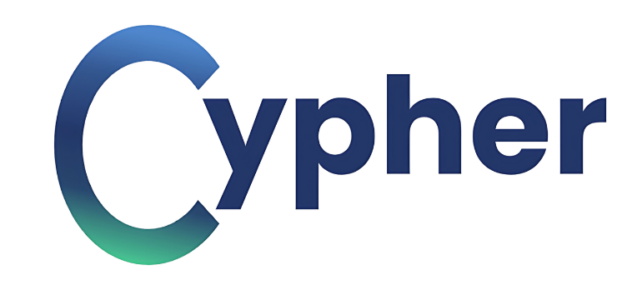For years, startups chased growth at all costs. Runway was long, VCs rewarded burn, and top-line revenue was king. Profitability? That was a Series C problem.
But the landscape may be shifting.
In today’s climate, investors are asking harder questions. Some startups are doubling down on sustainable growth and leaner operations. Others are still burning cash to chase market share. So what’s the right move?
A Founder’s Take
In the first episode of Founder Files, we heard how this tension is playing out inside real startups in the nonprofit industry. As Arnaud de La Taille, CEO of Springly (by AssoConnect), put it:
“A few years ago, profitability was not even a word that investors wanted to hear. And now it’s almost become a must.”
And for founders who haven’t yet made the shift, Arnaud also shared this advice for founders struggling to turn the corner:
“If you are far from profitability, you need to make the hard choices super fast. Those close to profitability usually know what to do. But companies with a high burn rate tend to delay tough decisions. Whether it’s letting people go or cutting parts of the business, acting fast makes life easier for everyone.”
It’s Complicated
Springly isn’t an outlier. In today’s fundraising environment, especially within the nonprofit industry. Many founders are being asked to show a path to profitability much earlier than before.
But that doesn’t mean profitability is right for everyone, or right now.
The current shift in investor expectations suggests that VCs still expect high-growth startups (Seed to Series C) to reinvest heavily. Profitability isn’t the goal. It’s growth. What matters most is demonstrating financial clarity: knowing your numbers, understanding burn, and mapping out when (and how) the business becomes sustainable.
Profitability isn’t required early on. But financial illiteracy is a deal-breaker.
It Depends
So what does a path to profitability actually look like, and when should you care?
It depends on where you are.
For early-stage founders, it starts with clarity: unit economics, CAC, burn, and runway. By Series A, the pressure to show traction with some cost discipline increases. By Series B and beyond, margin improvement and real forecasting discipline matter more than ever.
It’s not about cutting everything to the bone. It’s about building the habits that make profit possible even while you grow.
Cypher Can Help
At Cypher, this is the kind of thinking we champion.
We work with SaaS, eCommerce, and service-based startups to help them build lean, data-driven financial operations without the CFO price tag. We’re here to balance your books and help you grow sustainably.
🎧 Listen to Arnaud’s full episode on Founder Files — new episodes drop every Tuesday at 7 AM EST.
Need a strategic finance partner who can help you make the hard calls—before it’s too late?
Build your empire — we’ll crunch the numbers. Get started with Cypher


The trade-off between profitability and growth is a real one.